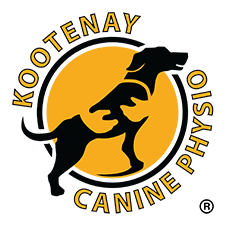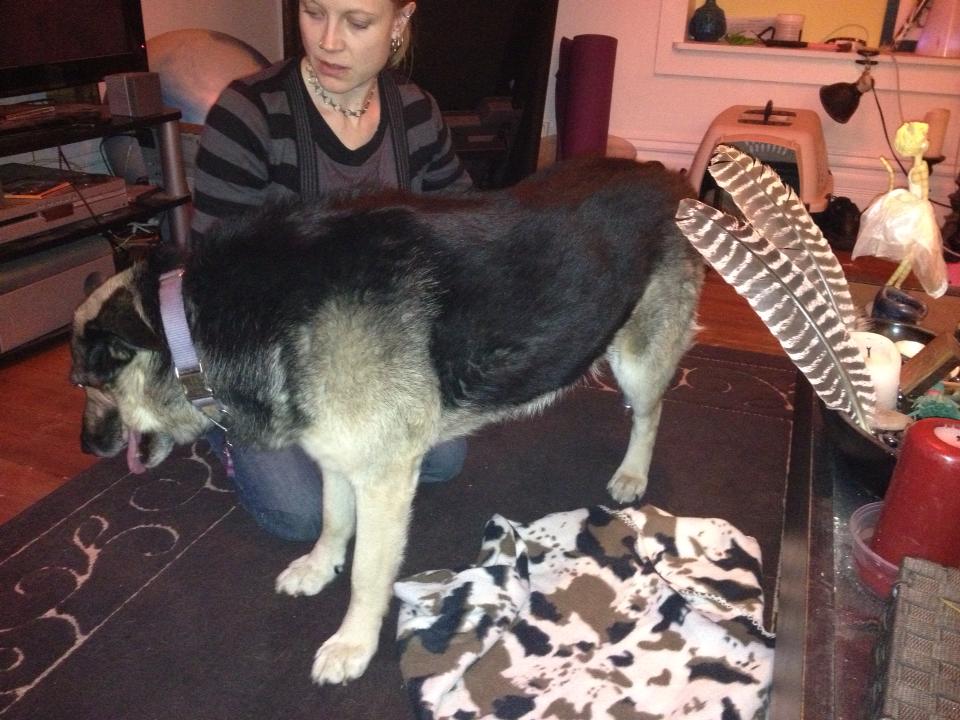The International Federation of Orthopaedic Manipulative Physical Therapists (IFOMPT) has defined manual therapy as “Skilled hand movements intended to produce any or all of the following effects: improve tissue extensibility; increase range of motion of the joint complex; mobilize or manipulate soft tissues and joints; induce relaxation; change muscle function; modulate pain; and reduce soft tissue swelling, inflammation or movement restriction”. Treatments can include such things as massage, trigger point therapy, active release, traction, muscle stretching and energy techniques, passive range of motion, lymphatic drainage, and joint mobilizations or manipulations (moving joints in a specific direction, with a specific amplitude and speed).
There have been numerous human based studies implicating manual therapy to be a beneficial adjunct to exercise therapy for improving function and reducing reported pain for people with osteoarthritis.
A study by Abbot, et al (2015), compared exercise therapy versus exercise therapy combined with manual therapy in the treatment of knee osteoarthritis. Manual therapy techniques used involved passive stretches, mobilizations, hip mobilization, soft tissue manipulation and lumbo-pelvic mobilizations The researchers found that providing manual therapy in adjunct to exercise therapy sessions was beneficial in reducing pain and self-reported disability after the intervention and at 12-month follow up.
Another study focusing on knee osteoarthritis (Deyle, et al. 2005) looked at comparing a home exercise program vs. clinic guided exercises combined with manual therapy. Manual therapy included passive stretching, joint mobilizations, and soft tissue mobilization. Treatment focused on ankles, knees, hip and lumbar spine as indicated. Both treatment groups showed successful outcomes; however, results suggested that combined exercise and manual therapy in clinic was more effective at reducing pain levels and increasing reported function over an 8-week period.
Two independent systematic reviews and meta analysis of the literature on manual therapy in arthritis (Xu, et al. 2017; Shahnawaz, et al 2018) found manual therapy may be effective and safe for improving pain, stiffness and physical function. Xu, et al. found a significant relief in self-reported pain and physical function.
Yes, these are all human studies. Animal studies on the effects of manual therapy on osteoarthritis is fairly limited; however there is consensus among rehab veterinarians and animal physios that manual therapy benefits the canine patient as well. These benefits can include reduced pain, better mobility and improved function.
If you have any questions about manual therapy, or how manual therapy may help your pet, please contact us at kootenaycaninerehab@gmail.com.



